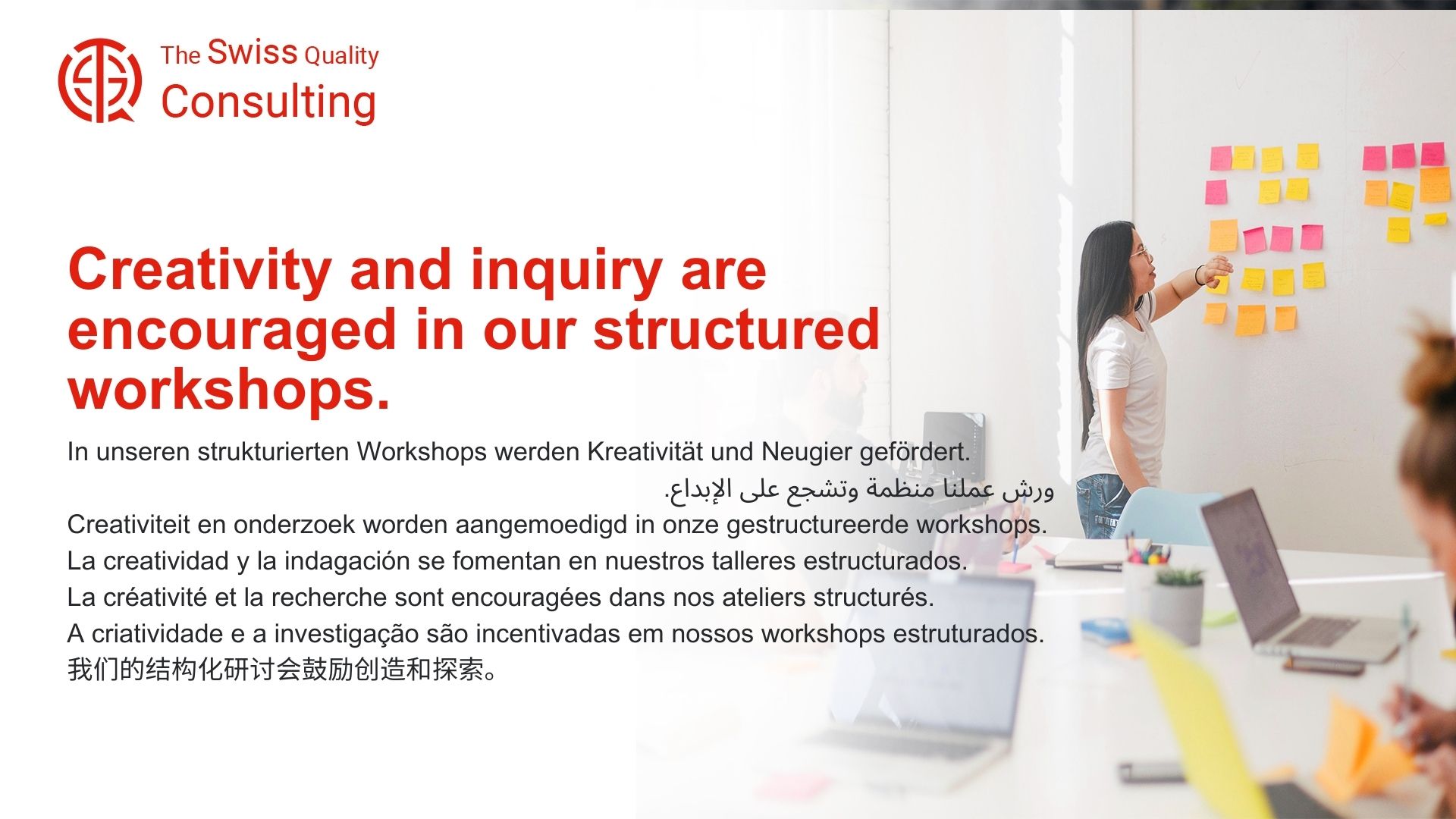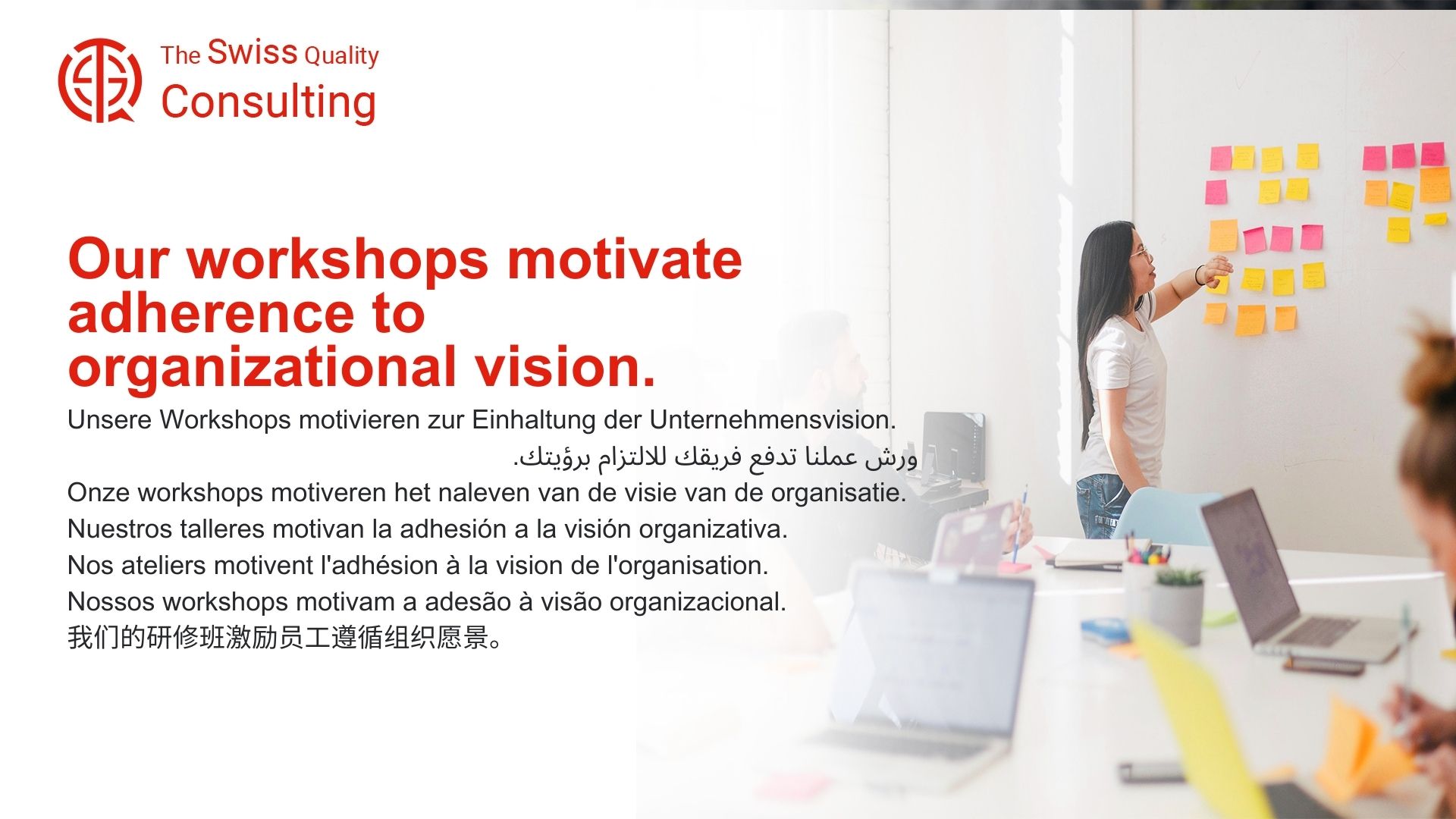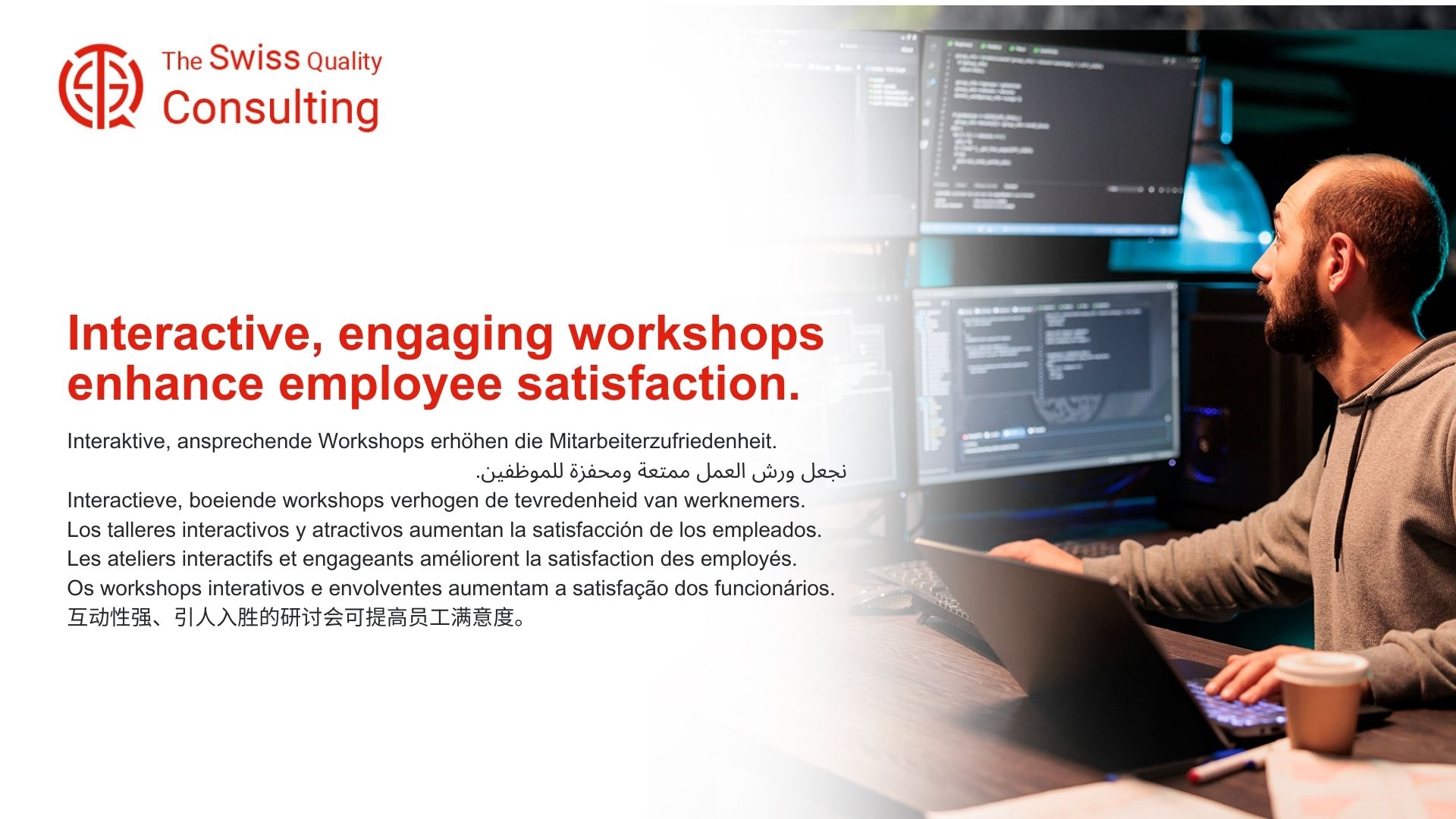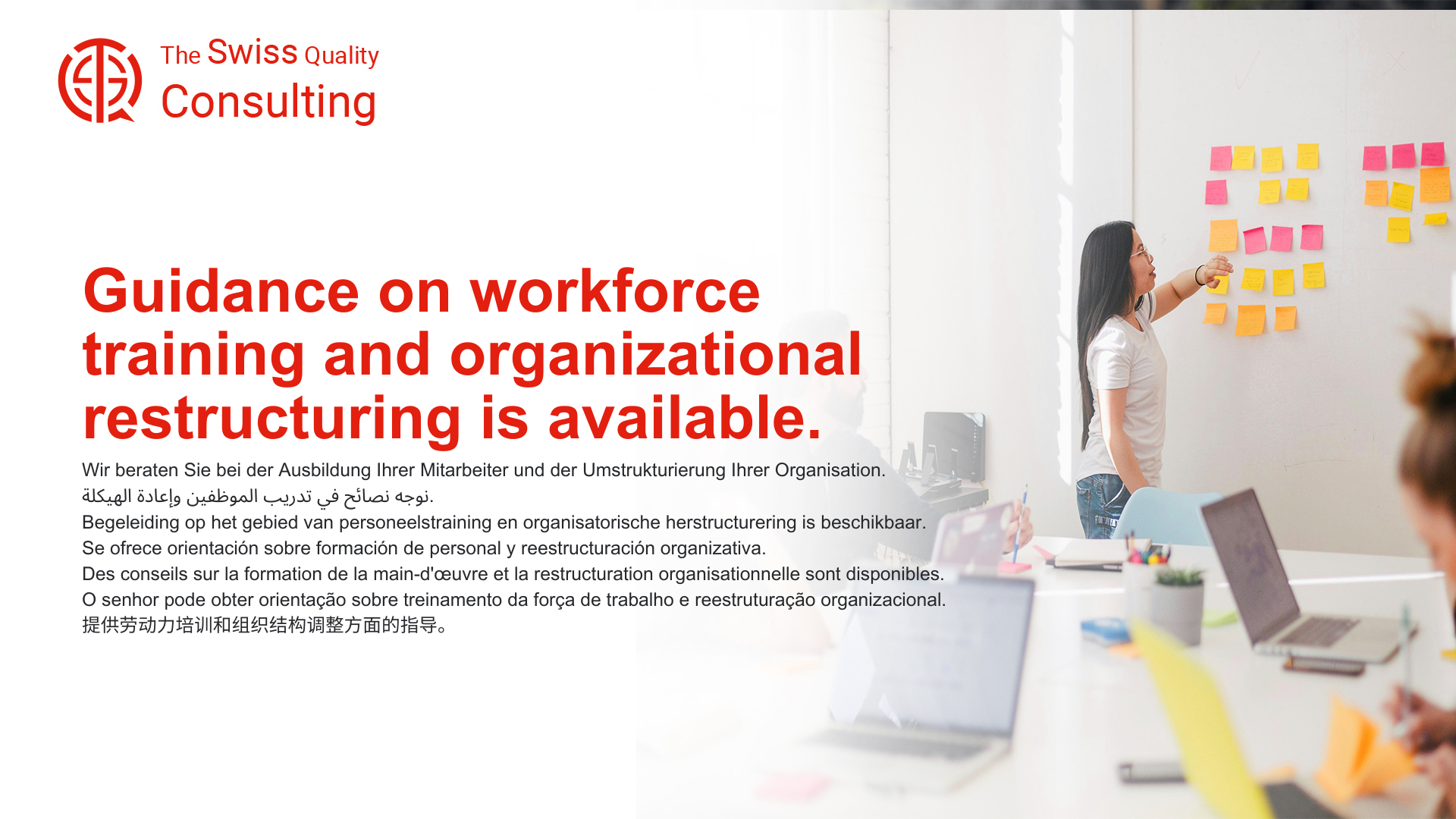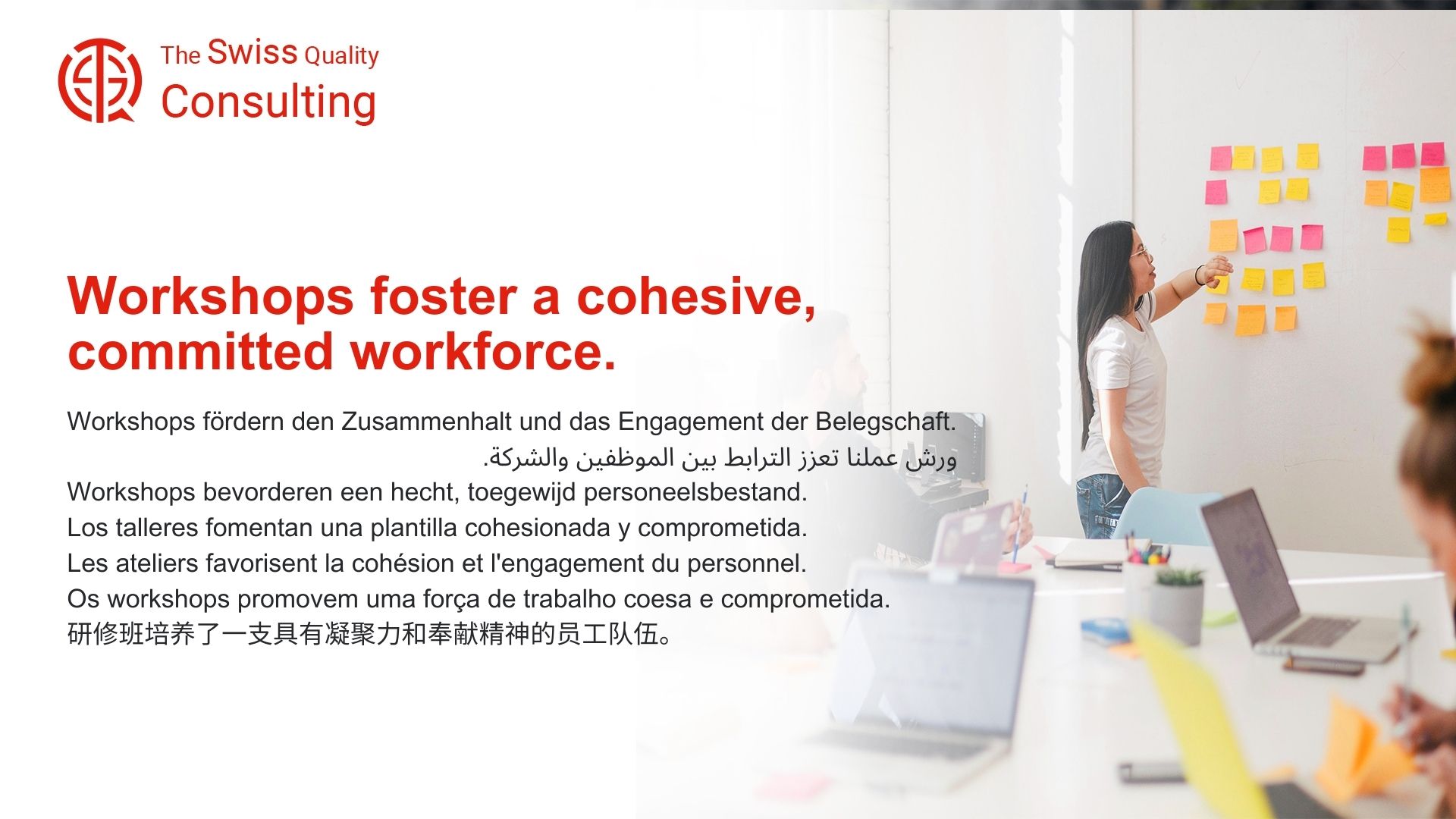Responsive Design: The Key to Business Success and Effective Communication
In today’s fast-paced business environment, Enhancing User Experience with Responsive Design is not just a luxury, but a necessity. Business executives, mid-level managers, and entrepreneurs must recognize the critical role that responsive design plays in driving business success and fostering effective communication.
The Role of Responsive Design in Change Management
Responsive design transcends mere adaptability; it serves as a strategic imperative for orchestrating seamless transitions, building a future-ready customer experience, and empowering businesses to thrive in a world where user expectations are fluid and evolving. This transformative approach empowers organizations to:
1. Achieve Unprecedented Accessibility and Inclusivity: Responsive design ensures that information and content are accessible and interpretable across all devices, operating systems, and screen sizes. This fosters inclusivity, caters to diverse user preferences, and expands your reach to a wider audience, maximizing the impact of your message and connecting with every customer seamlessly.
2. Optimize Every Touchpoint and Craft Frictionless User Journeys: By adapting layouts and interfaces to individual device capabilities, responsive design eliminates friction points, streamlines interactions, and delivers intuitive experiences regardless of whether a user is browsing on a desktop, tablet, or mobile device. This enhances user engagement, increases conversion rates, and builds loyalty by ensuring every touchpoint is a delight.
3. Enhance Brand Consistency and Foster Unwavering User Trust: Responsive design ensures a consistent brand experience across all platforms, maintaining visual identity, tone of voice, and messaging integrity. This reinforces brand recognition, builds trust with users, and establishes your brand as a reliable and user-centric entity in the eyes of your audience.
4. Stay Ahead of the Curve and Embrace Technology Democratization: By prioritizing responsive design, organizations stay ahead of the curve, adapting to emerging device trends and embracing the democratization of technology. This ensures access to your business and content for users on any device, from cutting-edge laptops to low-resource mobile phones, expanding your reach and maximizing engagement within an evolving technological landscape.
5. Drive Operational Efficiency and Minimize Development Costs: Responsive design streamlines development processes by eliminating the need for separate versions for different devices, promoting code reusability and reducing maintenance overhead. This optimizes resource allocation, minimizes development costs, and allows businesses to focus their efforts on innovation and user experience enhancement.
6. Cultivate a Culture of Customer-Centricity and Prioritize User Needs: Responsive design is rooted in an unwavering commitment to user needs. By prioritizing adaptability and accessibility, businesses demonstrate a customer-centric culture, putting user experience at the forefront of every decision and fostering a deeper connection with their audience.
7. Secure a Competitive Advantage and Drive Sustainable Growth: By delivering a seamless and consistent experience across all platforms, organizations gain a significant competitive edge by attracting and retaining users, increasing engagement, and maximizing conversion rates. This translates to increased market share, improved brand reputation, and sustainable growth in a market where user experience is the ultimate differentiator.
8. Build a Future-Ready Customer Experience and Embrace Unwavering Connection: Investing in robust responsive design solutions and fostering a user-centric culture future-proofs organizations by equipping them with the necessary tools and strategies to consistently meet and exceed user expectations in a technology-driven future. This ensures long-term viability, safeguards against disruptive innovation, and empowers organizations to continuously evolve their customer experience for enduring success.
Beyond Adaptability: A Foundation for Seamless Transitions and Enduring Customer Engagement:
By embracing responsive design and adopting a transformative approach, organizations unlock the true potential for achieving seamless transitions, a future-ready customer experience, and enduring engagement. This empowers them to maximize accessibility, optimize touchpoints, enhance brand consistency, stay ahead of the curve, drive operational efficiency, cultivate customer-centricity, secure a competitive advantage, and build a future-ready customer experience, ultimately building a future where every interaction is delightful, every user feels valued, and every device becomes a gateway to a deeper connection with your brand.
Embrace the power of responsive design and embark on a transformative journey towards a future where your customer experience is effortless, your brand is accessible to all, and your success is a testament to the unparalleled power of prioritizing user needs in every aspect of your digital ecosystem. By investing in expert solutions, fostering a culture of user-centricity within your organization, and empowering your teams to leverage responsive design effectively, you can unlock the full potential of your digital presence and build a future of seamless transitions and enduring customer engagement.
Executive Coaching and Leadership Development
In executive coaching and leadership development, responsive design aids in the creation of training materials that are accessible and engaging across different devices. This universality ensures consistent messaging and learning experiences, essential in cultivating effective leaders.
Effective Communication Enabled by Responsive Design
Communication in business is not just about the message, but also about how it’s delivered. Responsive design ensures that your message reaches your audience in the most accessible and user-friendly format, whether they are on a desktop, tablet, or smartphone.
Generative AI and Responsive Design
Generative Artificial Intelligence (AI) is revolutionizing responsive design. By leveraging AI, businesses can create more dynamic and adaptive designs that respond in real-time to user needs, a vital component in enhancing user experience and engagement.
Project Management Enhanced with Responsive Design
In project management, responsive design is critical for creating tools and platforms that are adaptable and accessible for team collaboration. This accessibility is key to maintaining consistent workflow and productivity, regardless of location or device.
Conclusion Enhancing User Experience with Responsive Design
In conclusion, responsive design is not just a design principle; it is a strategic business approach. As we integrate more digital tools into our business processes, the value of responsive design in enhancing user experience becomes increasingly apparent. It’s a vital element in driving change, fostering effective communication, and ultimately, ensuring business success.
#ResponsiveDesign #UserExperience #BusinessManagement #DigitalTransformation #EffectiveCommunication









